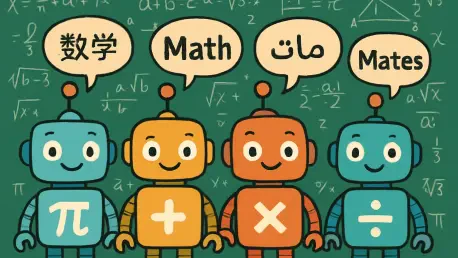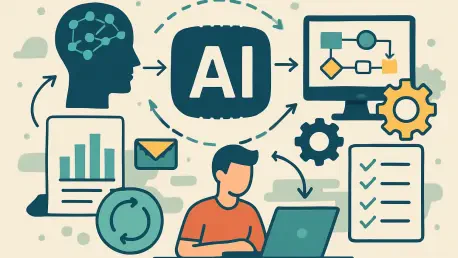
In a world grappling with aging populations and persistent caregiver shortages, the emergence of carebots—robots engineered to assist with daily tasks and offer companionship—presents a potential lifeline for strained social care systems. These advanced machines are designed to support older adults

In an era where artificial intelligence is reshaping how information is processed and understood, a staggering statistic emerges: over 80% of digital interactions now involve multiple forms of data, from text to images and beyond, highlighting the growing complexity that underscores a critical

In a groundbreaking move to address persistent educational disparities, California has turned to cutting-edge technology to support its diverse student population, particularly English Language Learners (ELLs), who make up a significant portion of the state’s classrooms. With over 1 million ELL

In an era where global markets demand unparalleled speed, precision, and adaptability, manufacturing industries are under constant pressure to innovate and stay ahead of the curve, with industrial automation standing as a transformative force. It redefines production through the seamless

Diving into the depths of innovation, we’re thrilled to speak with Oscar Vail, a technology expert with a sharp focus on cutting-edge fields like robotics and underwater systems. With a career dedicated to pushing the boundaries of what’s possible, Oscar has been closely following groundbreaking

In today's fast-paced business landscape, the integration of artificial intelligence (AI) into daily operations is no longer just an innovative edge but a critical necessity for staying competitive, especially as organizations strive to scale efficiency without expanding headcount. Imagine a small